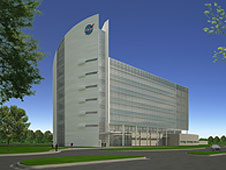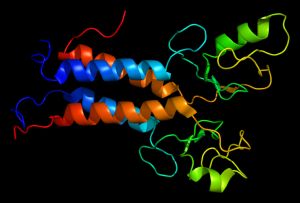Originally posted by Jonathan Benson on NaturalNews.com, August 22, 2012
 After struggling to maintain its image following a barrage of product recalls and safety scares, Johnson & Johnson (J&J) has announced that it plans to reformulate not only its entire line of children’s personal care products, but also many of its adult personal care products, to remove a number of chemicals and chemical byproducts that have been the topic of public concern in recent years.
After struggling to maintain its image following a barrage of product recalls and safety scares, Johnson & Johnson (J&J) has announced that it plans to reformulate not only its entire line of children’s personal care products, but also many of its adult personal care products, to remove a number of chemicals and chemical byproducts that have been the topic of public concern in recent years.
By 2015, virtually all J&J consumer care products will be free of preservative chemicals that release methylene glycol, the alcohol form of formaldehyde, which has been identified as a cancer-causing agent. J&J also plans to remove preservative chemicals that produce 1,4 dioxane, a chemical also linked to causing cancer.
“There’s a very lively public discussion going on about the safety of ingredients in personal care products, (and) it was really important that we had a voice in that,” said Susan Nettesheim, J&J’s Vice President for Product Stewardship. Though Nettesheim insists that the existing chemicals used in J&J products are safe, she also says her company is trying to respond to the concerns of its customers.
J&J has even created a website dedicated to this transition to new product formulations, many of which will take place even sooner than 2015, at least in products designed for children and babies. The site, entitled Our Safety & Care Commitment, explains how the company will eventually phase out phthalates, triclosan, parabens, fragrances, and many other questionable chemicals from its product lines in years to come.
“We’ve never really seen a major personal care product company take the kind of move that they’re taking with this,” said Kenneth A. Cook, President of the Environmental Working Group (EWG), about J&J’s decision to be an industry leader in this particular area. Cook even expressed a bit of surprise that a company as large as J&J has decided to take on the incredible, and quite costly, task of reformulating even its signature formulas, to which many people have grown accustomed.
In the process of phasing out its questionable ingredients, J&J says it plans to conduct extensive research on potential alternative ingredients to ensure their safety. When all is said and done, only a few J&J products will still contain trace levels of formaldehyde and 1,4 dioxane, as well as certain fragrance chemicals. Most J&J products; however, will eventually be free of phthalates, triclosan, parabens, and formaldehyde.
“We want to share our policies and plans in a forum that is designed to help consumers better understand what we do to ensure that the products they choose are as safe as can be,” added Nettesheim.
Sources:
https://www.naturalnews.com/036906_Johnson_&_formaldehyde_bacteria.html
https://www.naturalnews.com/034846_Johnson_&_baby_lotion_bacteria.html














 sending...
sending...
